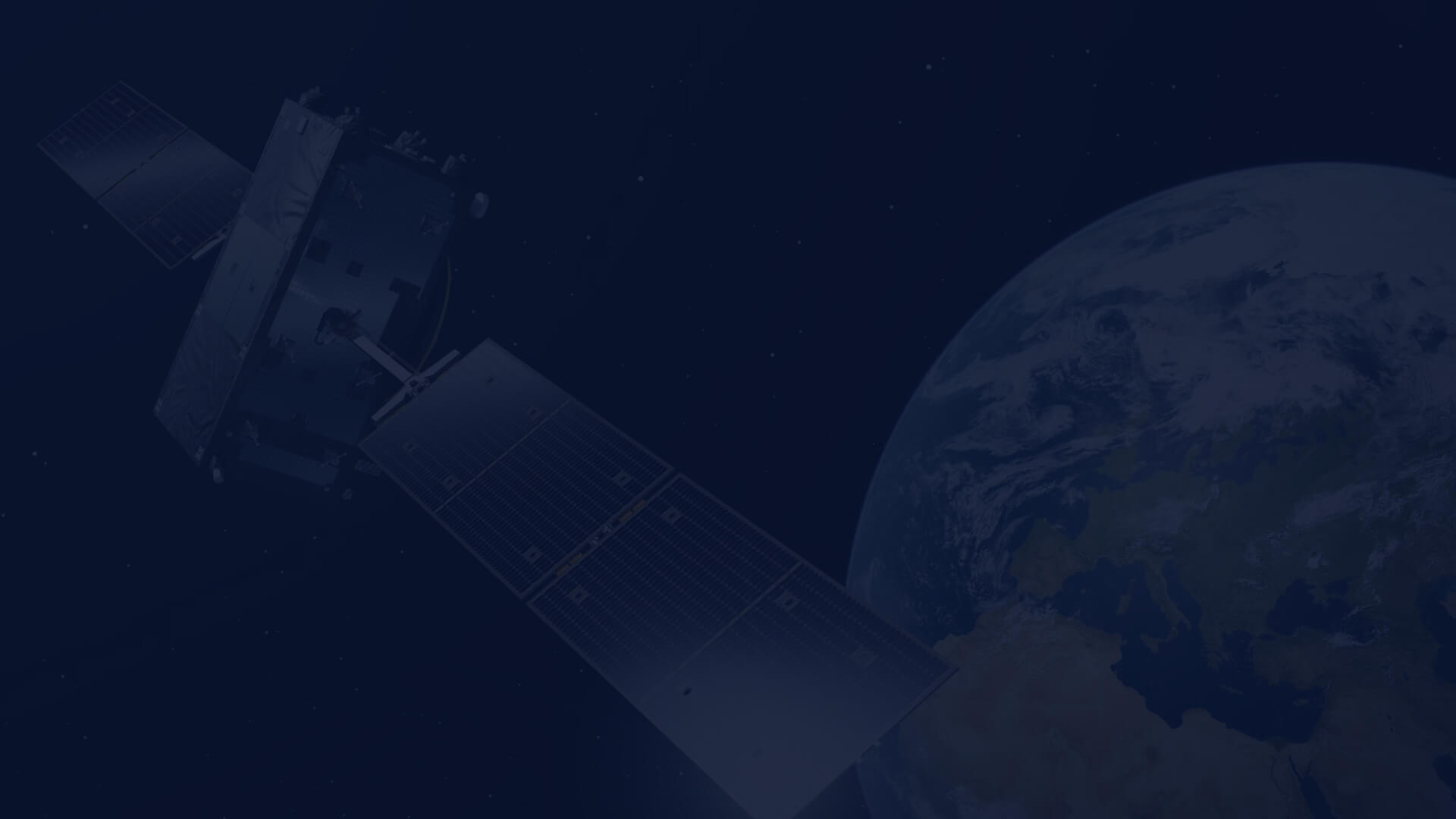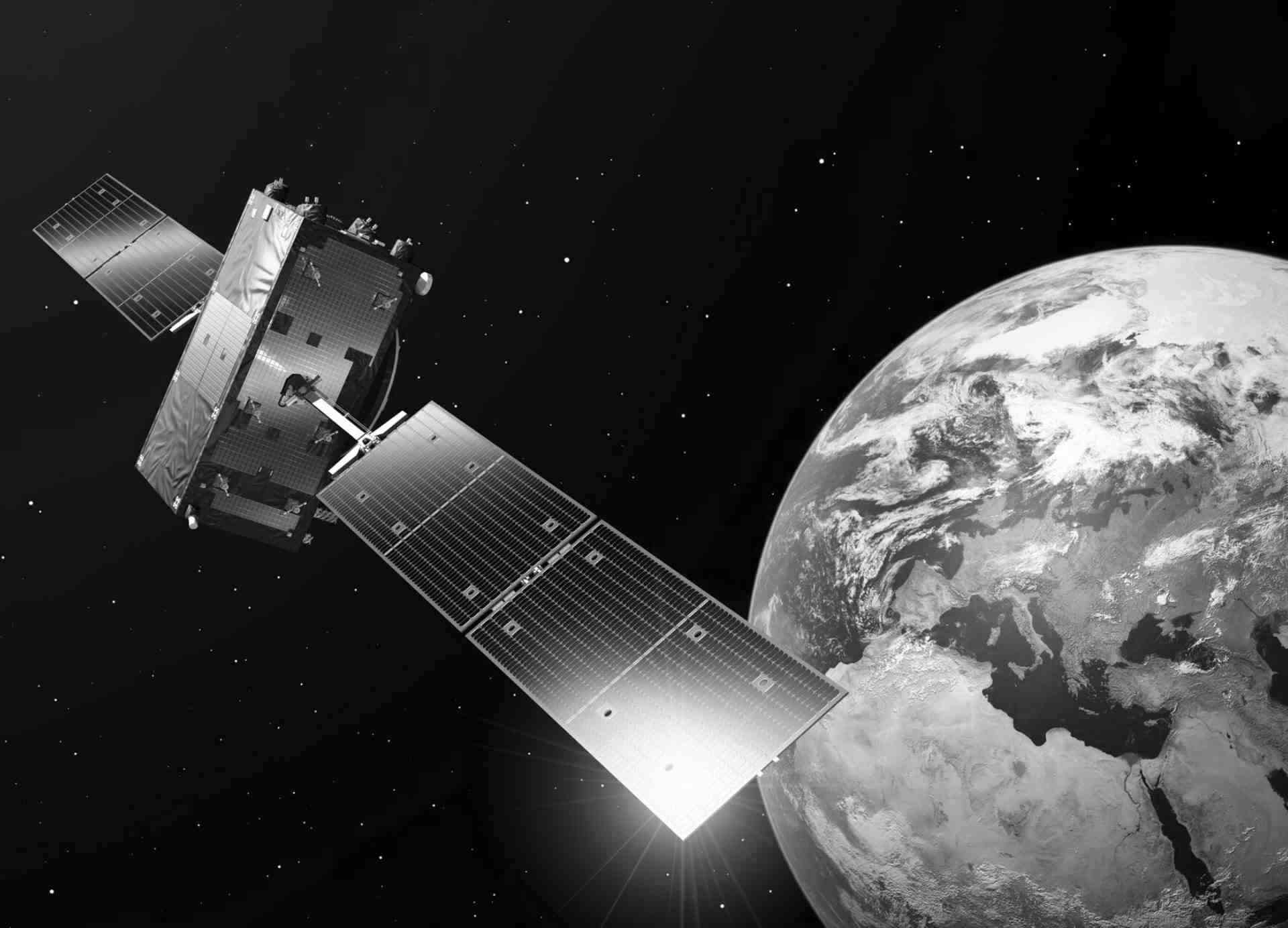ESA Living Planet Symposium - key takeways
By Dr Jędrzej Bojanowski, Director of EO Data Science and Products at CloudFerro
Attending the Living Planet Symposium 2025 in Vienna was a truly eye-opening experience. The scale of the event was impressive - over 7300 people registered (with 6800 attending in person) from 119 countries, showing just how global and dynamic the Earth observation community has become. With more than 250 sessions, 60 agoras, and over 4200 scientific presentations and posters, there was a real sense of momentum, innovation, and diversity throughout the venue.
One of the biggest takeaways for me was how much easier and more affordable it is getting to launch satellites. The main challenge now is choosing the right payload to deliver valuable insights for both science and business. Ground segment providers are keeping up with this demand. CloudFerro, in particular, is aiming to cover the full value chain - from data transmission and ingestion to indexing, processing, and making data available in the cloud.
Data standards were a major topic of discussion. The Spatiotemporal Asset Catalog (STAC) is almost everywhere, but there are still challenges: different tools don not always validate data the same way, and some projects need more advanced, nested data collections. Still, we are proud to provide STAC for Copernicus Data Space Ecosystem users, and the feedback has been very positive.
A big shift is underway as the community prepares to move from older formats like SAFE/JPEG2000 to cloud-native formats like Zarr. Zarr v3 and geoZarr are being developed to solve issues with managing many small files and to introduce features like zoom levels for different dimensions, but questions remain about the best chunking strategies and the lack of metadata in individual files. There is also understandable concern about ensuring data continuity as Copernicus transitions to these new formats. As a cloud provider, we are working hard to make sure our ecosystem is optimized for Zarr adoption and to support users through this change.
AI and machine learning were everywhere at the event. Google’s announcement of global EO embeddings - 64-dimensional vectors for each pixel per year - felt like a major step forward. At the same time, CloudFerro has already released its own global embeddings for several models, which was well received by the community. These new data and tools, along with foundation models, could change how we use EO data, even if the results are not always visually intuitive. The need for higher spatiotemporal resolution came up repeatedly, and there is hope that AI can help fill data gaps and improve data fusion.
And, of course, the European headache – safety, resilience and sustainability kept recurring in various contexts. At CloudFerro we are looking forward to contribute to the ERS and in the future to the EOGS with our insights and our sovereign cloud services.
Federation and community-building are also becoming more important. Users want to access multiple data sources with a single API and login, and there is a clear push for more open and collaborative environments. EOEPCA is likely to become the standard for federated services.
Finally, cloud processing has become a standard approach in the Earth Observation field. Platforms like CREODIAS are now becoming more widely known and trusted. We have received some very encouraging feedback, particularly around how our services help users access and process large volumes of satellite data more easily. Focus on open standards is also very important for users. Being part of this community continues to inspire us to keep improving and supporting our users even more.
Thank you for all the great conversations at the CloudFerro, VITO, CDSE and ESA booths, and for the valuable feedback following our presentations, sessions, and posters. Stay tuned — there’s more to come!


